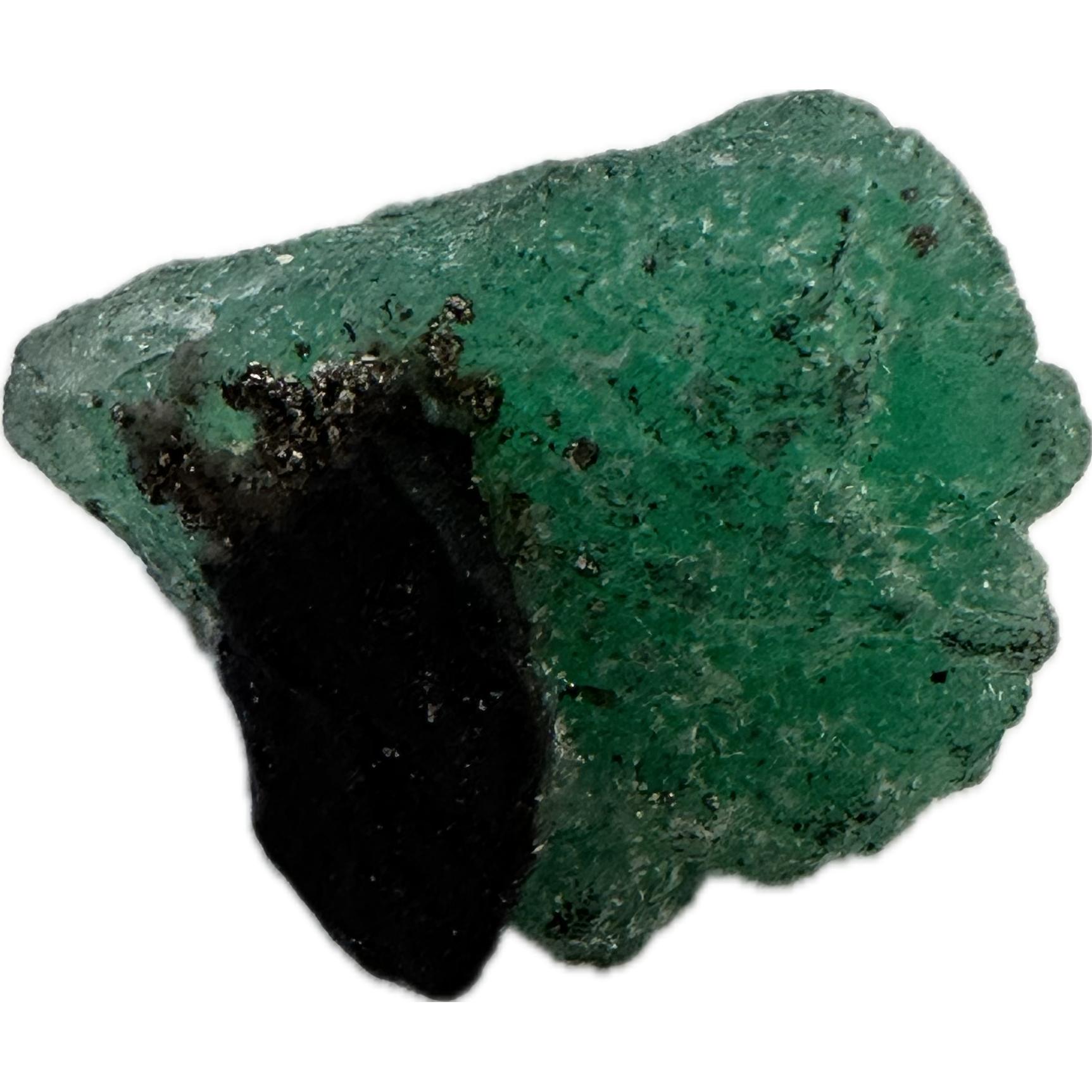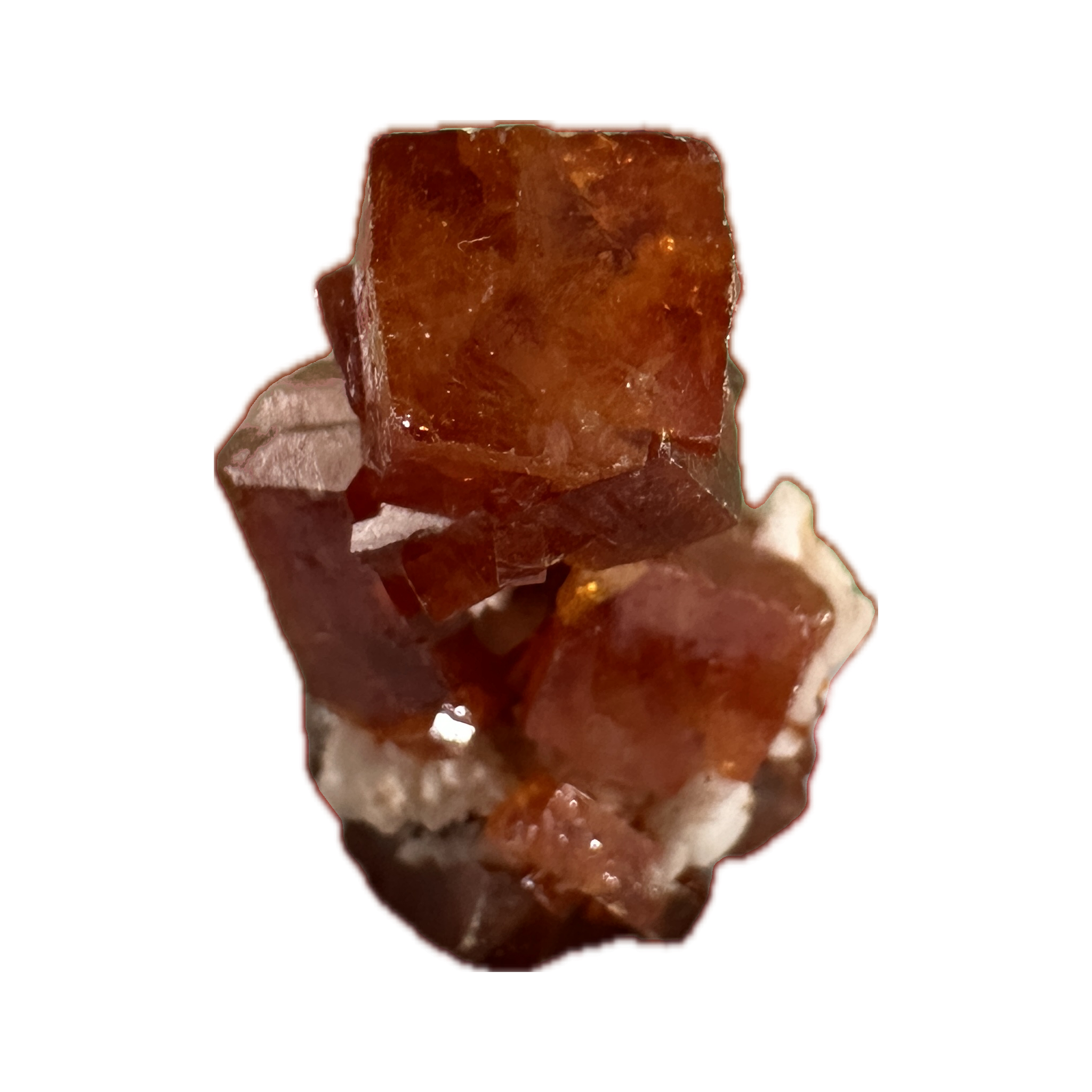Emerald thumbnail mineral, Nigeria
Emeralds, with their captivating green hue, have fascinated civilizations for millennia. This gemstone, a variety of the mineral beryl, owes its color to trace elements like chromium, vanadium, or iron. Understanding emeralds involves delving into their formation, history, significance, and the legendary Muzo Mines in Colombia. Emeralds form under specific conditions, primarily in hydrothermal veins. These veins result from hot, mineral-rich fluids moving through cracks in rocks and depositing minerals as they cool. Colombia is known for producing some of the finest emeralds, prized for their rich green color and exceptional clarity.

Emeralds are part of the beryl mineral family, composed of beryllium aluminum cyclosilicate. What distinguishes emeralds from other beryls is their rich green color. The intensity and hue of green vary based on the amount and type of trace elements present in the crystal lattice. Emeralds boast a rich historical significance, dating back over 4,000 years.
The Muzo Mines in Colombia are legendary for their production of high-quality emeralds. Situated in the Andes Mountains, the region’s rugged terrain poses challenges for miners. Accessing the emerald-bearing veins requires navigating steep cliffs and challenging conditions. Miners use hand tools to extract the emerald-bearing rock, which is then crushed and sorted to extract the gemstones. The rough emeralds are carefully inspected and graded based on color, clarity, and size.

Prehistoric 101 (Learn about fossils, minerals, and meteorites)
Emeralds, The Loyal Mineral
What is an Emerald
Discovering Prehistoric Life and Fossils












